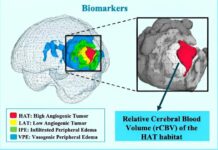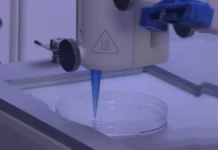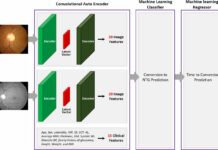- Nasopharyngeal swabs are used to gather and transport respiratory infection specimens.
- The COVID-19 pandemic has seen a serious shortage in testing equipment including nasopharyngeal swabs
- 3D printing companies are now using their technology to fast-track swab production in order to help meet the increasing demand.
The COVID-19 pandemic has caused a significant shortage of medical equipment. Indeed, 2020 saw manufacturers struggling to keep up with the demand for personal protective equipment (PPE’s), disinfectants, sanitizers, and more. The supply of COVID-19 testing equipment(such as nasopharyngeal swabs) also suffered, and as the pandemic continues, the need to fulfill this demand increases.
Why use Nasopharyngeal Swabs?
The COVID-19 testing kit (much like other respiratory infection kits) consists of a long swab. There are different swab designs according to their use, i.e. gathering sample from the nose (nasal swab), throat (oropharyngeal swab), or nasopharynx (nasopharyngeal swab). Many studies have found that the nasopharyngeal swab gives the most accurate result; hence it is the recommended testing method.
What is the procedure for the test?
A medical practitioner inserts the swab into the nose and swipes it along the nasopharynx to gather the specimen. They can then place the swab in a sterile container and send it for testing.
The need for a 3D printed alternative
3D printing has recently gained a reputation as a fast stopgap solution in the medical industry. From bone-like implants for skeletal defects to bionic limbs, no one can gainsay its contribution to medicine.
As a result of the pandemic, 3D printing companies have found a new market in PPE’s and now – nasopharyngeal swabs. A Resin-based material creates autoclavable and easily sterilized swabs at a reduced cost and faster pace than traditional methods. In fact, HP, a 3D printer manufacturer, worked with the Beth Israel Deaconess Medical Center (BIDMC) at Harvard Medical School to come up with an FDA-approved design that was conceptualized and printed within 35 days. The prototype was ready in 48 hours!
Many other companies have entered this market including Axial3D and ZiggZagg whose designs have been approved by the FDA and CE respectively. ZiggZagg – a Belgian company- uses HP printers for their manufacturing process, and has added a post-printing process to upgrade the product through AMT PostPro . They believe that these nasopharyngeal swabs have opened doors for the 3D printing market that will prevail even after the pandemic ends.
Talking to Forbes Magazine, AMT’s CEO Joseph Crabtree said:
“Up until now, in 3D printing, there hasn’t really been a case of mass production…[other than] some niche case studies. It’s unfortunate it’s taken an event like Covid, but as an industry it’s fantastic, it’s accelerated adoption by five or perhaps ten years. People are now seeing 3D printing as a viable alternative to traditional manufacturing, that’s a fantastic thing for the industry. Not only is it a high-volume part, it’s in a regulated industry.”
-Joseph Crabtree (CEO and Founder AMT)
Source: Forbes Magazine
https://www.forbes.com/sites/sarahgoehrke/2020/12/14/why-the-most-advanced-3d-printed-nasal-swabs-arent-just-3d-printed/?sh=5c5d7c37564c




